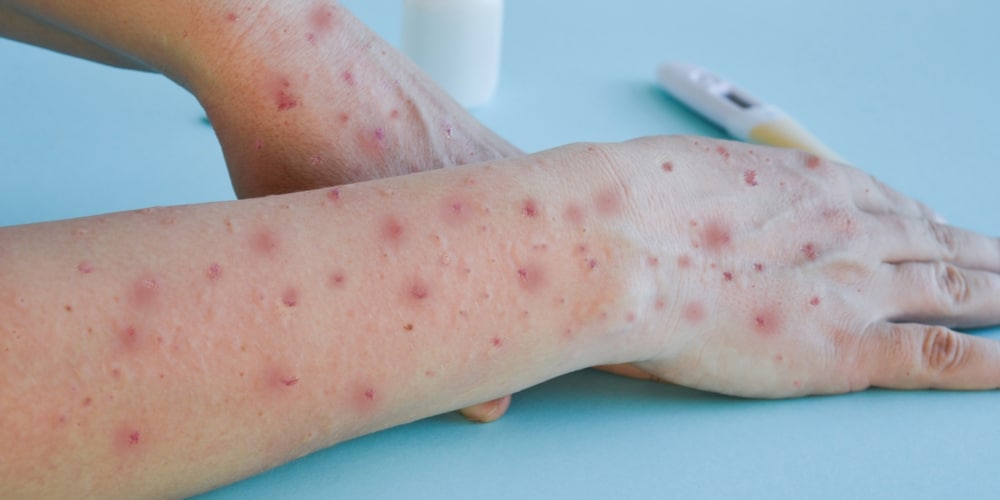Today, July 27, the World Health Organization (WHO) expressed concern about the increase in monkeypox cases in Brazil, which is approaching 1,000.
According to the WHO technical leader for the disease, Rosamund Lewis, the situation in Brazil, where there are at least 813 confirmed cases, “is very worrying” and warned that there might be more under-reported cases as there are not enough tests available to the population.
“It is important that the authorities are also aware of the public health emergency and international concern, of the recommendations, and take appropriate measures,” he explained.

According to Lewis, the outbreak of cases can be stopped “with certain strategies in the right groups, but time is passing, and we need to unite all of us to make this happen.”
Most cases in Brazil are concentrated in the state of São Paulo (the most populated in the country), with 595 notifications, followed by Rio de Janeiro, with 109, and Minas Gerais (42).
This Monday, July 25, Brazil’s Minister of Health, Marcelo Queiroga, affirmed that the country “did its homework” in the face of the monkeypox outbreak and explained that Brazil has prepared to deal with the virus and has laboratories for diagnosis, identification of cases and isolation of patients.
“From the beginning, we started diagnostics, and access to diagnosis is available. We have alerted the health secretariats of the states and municipalities. The cases are identified and isolated,” the minister added.
Monkeypox is caused by a virus transmitted by close contact with an infected person with skin lesions. Transmission can occur through hugging, kissing, sexual intercourse, or respiratory secretions.
The transmission can also occur through contact with objects, tissues (clothing, bedding, or towels), and surfaces the infected person has used.
There is no specific treatment, but, in general, the clinical pictures are mild and require care and observation of the lesions.
The most significant risk of worsening is generally in immunocompromised persons with HIV/AIDS, leukemia, lymphoma, or metastases; transplant recipients or persons with autoimmune diseases; pregnant or lactating women; and children under eight years of age.
With information from Xinhua

